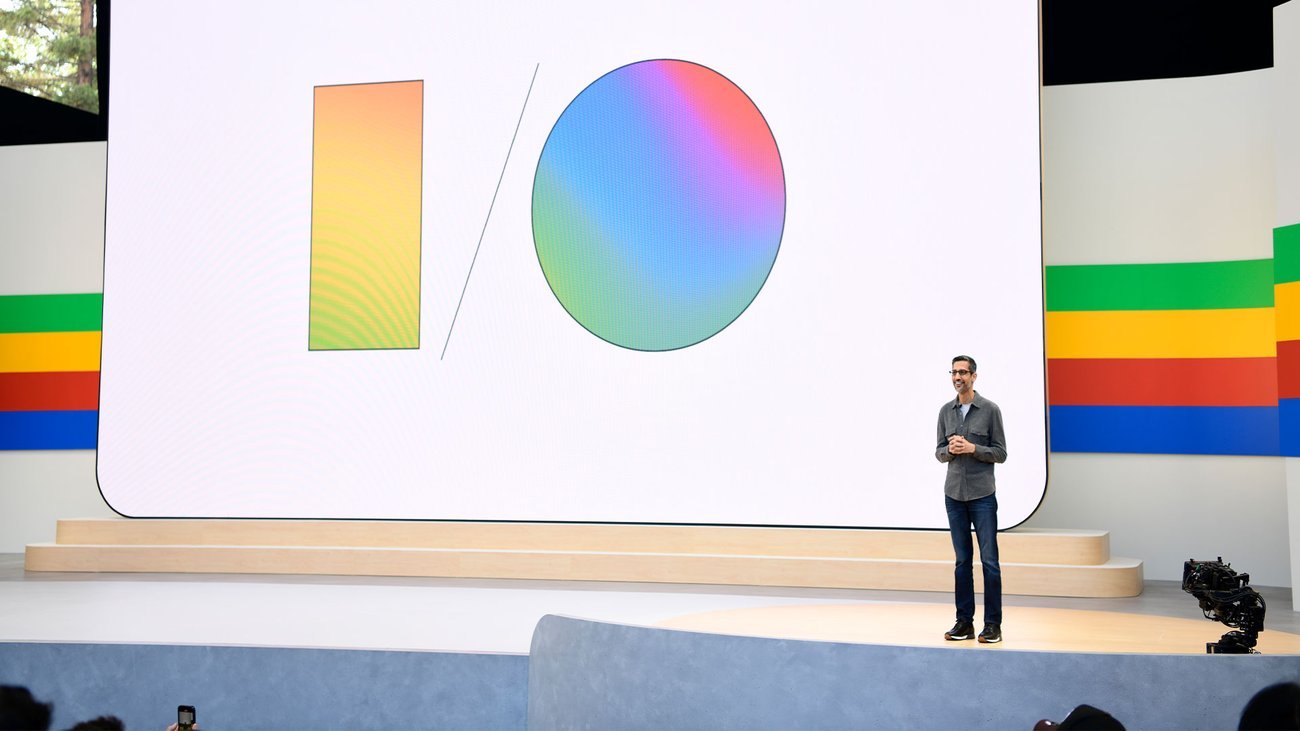- FCPL Admin
- 0 Comments
- 1307 Views
4 min read
In an era where technology is rapidly shaping the way we interact with the world, Google Maps has consistently remained at the forefront of innovation. With over one billion users relying on it for navigation and exploration, Google Maps continues to evolve, integrating cutting-edge advancements in AI to provide users with increasingly useful and immersive experiences.
At the recent Google I/O event, Google Maps unveiled a series of updates that are set to transform how we perceive and interact with our surroundings. One of the most exciting additions is the introduction of “Immersive View,” a feature that promises to redefine our understanding of maps.
Advancing the Map of Possibilities
In the world of navigation and exploration, Google Maps stands as a beacon of innovation. Its journey from a simple navigation tool to a comprehensive location-based platform has been fueled by a commitment to harnessing the power of AI and cutting-edge technologies. The recent updates announced at Google I/O are no exception, as they bring a new dimension to how we interact with maps.
Immersive View: A Digital Window into the World
Google Maps has come a long way from being a simple navigation tool. Thanks to remarkable progress in computer vision and AI, it can now seamlessly merge billions of Street View and aerial images to construct a detailed digital representation of the real world. This achievement paves the way for “Immersive View,” an entirely new way to experience maps.
With Immersive View, users can virtually transport themselves to any location, be it a bustling neighborhood, an iconic landmark, or a cozy restaurant. It’s an opportunity to explore a place from the comfort of your screen and gain valuable insights before you decide to visit. Imagine planning a trip to London and being able to soar over the city, examine famous sights like Big Ben up close, and even get a feel for the local ambiance inside restaurants before making reservations.
This feature isn’t limited to high-end devices; it’s designed to work seamlessly on a wide range of phones and devices. Initially rolling out in cities like Los Angeles, London, New York, San Francisco, and Tokyo, with more locations to follow, Immersive View promises to be a game-changer for both travelers and local explorers.
The Rise of Immersive View
The immersive view feature is a testament to the fusion of AI and visual technologies. By leveraging billions of images from Street View and aerial sources, Google Maps now offers a more immersive and intuitive way to explore the world around us. Whether you’re planning a vacation or simply curious about a nearby café, the immersive view allows you to virtually step into a place before you physically get there.
This feature isn’t just about convenience; it’s a game-changer for informed decision-making. Travelers can assess neighborhoods, analyze local vibes, and even gauge the crowd intensity of a venue. Businesses can showcase their ambiance, helping potential customers connect with their offerings. It’s a transformation that empowers both individuals and enterprises with valuable insights, all from the palm of their hands.
Eco-Friendly Routing: A Greener Way to Travel
Google Maps isn’t just about helping you reach your destination; it’s also committed to making your journeys more sustainable. The introduction of eco-friendly routing in the U.S. and Canada is a testament to this commitment. This feature provides users with the option to choose the most fuel-efficient route when planning a drive, helping to save both money and the environment. Since its launch, eco-friendly routing has contributed to a reduction of over half a million metric tons of carbon emissions, equivalent to removing 100,000 cars from the road. As Google Maps expands this feature to more regions, it’s set to have an even more significant impact.
Live View: Augmented Reality at Your Fingertips
Live View, a feature that overlays Augmented Reality (AR) directions on your real-world view, has been a lifesaver in unfamiliar places. Now, Google is making this technology available to developers through the ARCore Geospatial API, opening up new possibilities for innovative apps that merge the digital and physical worlds.
Already, companies like Lime, Telstra, and DOCOMO are harnessing the power of the ARCore Geospatial API to create apps that redefine user experiences. Lime is using it to help riders responsibly park their e-bikes and e-scooters in major cities. Telstra and Accenture are enhancing the sports and entertainment experience by guiding fans to their seats and facilities within stadiums. DOCOMO and Curiosity are even developing a game that lets you battle virtual dragons against the backdrop of iconic Tokyo landmarks.
As these developments show, AI continues to play a pivotal role in Google Maps’ evolution, ensuring it remains the go-to navigation and exploration tool for people worldwide. With these innovations, Google Maps is poised to offer users an even more comprehensive, immersive, and eco-friendly experience, bridging the gap between the digital and physical worlds. As the world evolves, so does Google Maps, making it an essential companion for those who seek to explore and understand the world around them.
A Glimpse into the Future
As technology continues to evolve, so will Google Maps. The unveiling of these latest features is just a snapshot of what the future holds. With the ever-growing power of AI and its ability to enhance our understanding of the world, Google Maps is poised to remain an indispensable tool for both travelers and locals alike.
Imagine a world where planning a trip involves not just looking at static images but virtually walking through your destination, feeling its pulse, and exploring its hidden treasures. This immersive experience, powered by AI and available on the device in your pocket, will make travel planning more exciting and informed than ever before.
Moreover, as eco-friendly practices become increasingly crucial, Google Maps’ commitment to providing sustainable travel options is commendable. The expansion of eco-friendly routing to more regions will not only help individuals save money but also contribute to a greener planet by reducing carbon emissions.
And let’s not forget the magic of Live View, now in the hands of developers. This opens up a world of possibilities for creative applications that blend the digital and physical realms. From efficient bike parking to enhancing sports events and even battling virtual dragons against real-world backdrops, the potential is limitless.
In essence, Google Maps is not merely a navigation tool; it’s a portal to a more connected, immersive, and sustainable world. It’s a testament to the endless possibilities that arise when we harness the power of AI to enrich our daily lives. So, as these features roll out and AI continues to play a critical role in shaping the future of Google Maps, users can look forward to a world where exploration knows no bounds. Whether you’re planning your next adventure or simply navigating your daily routine, Google Maps will be there, ready to guide you through a world made more accessible, engaging, and eco-conscious, thanks to the wonders of AI.






